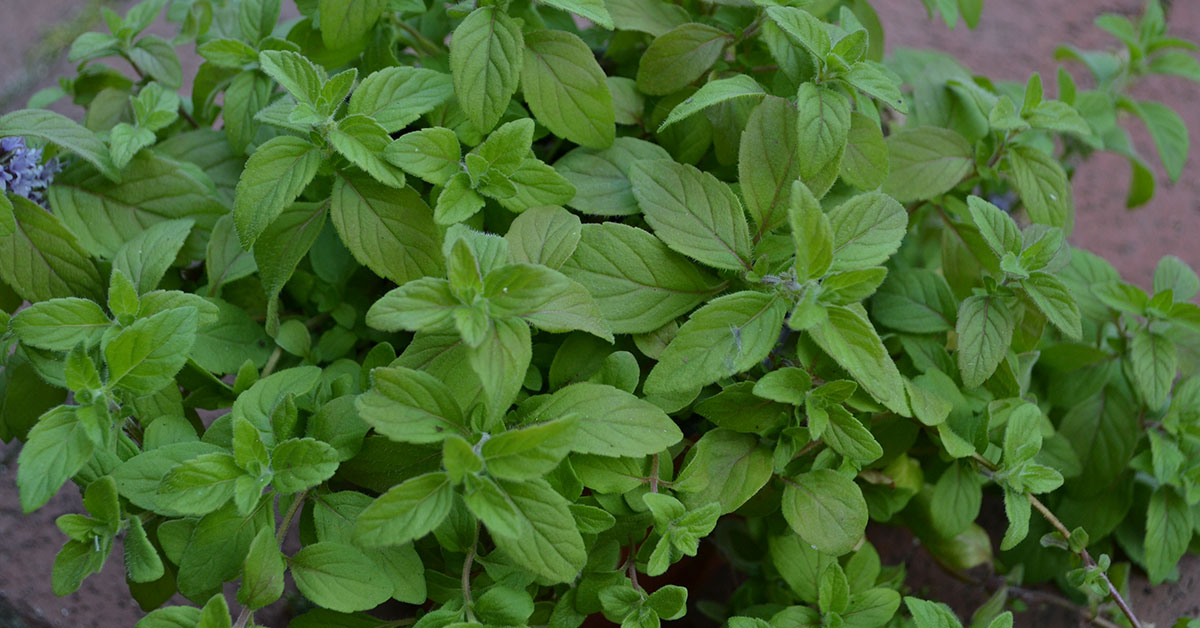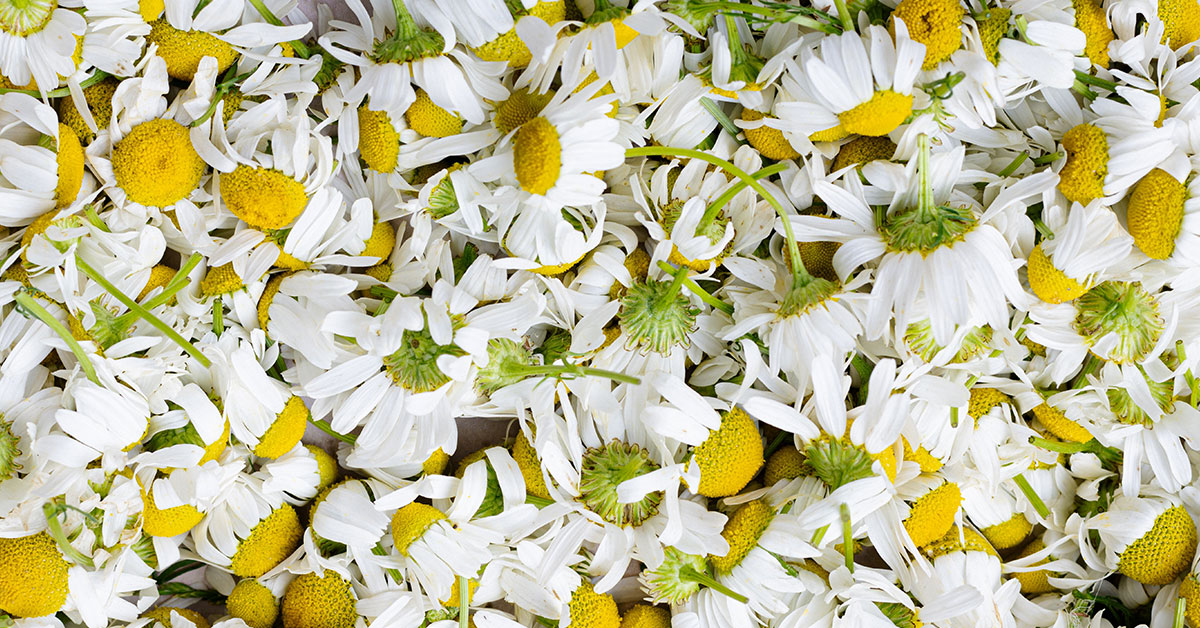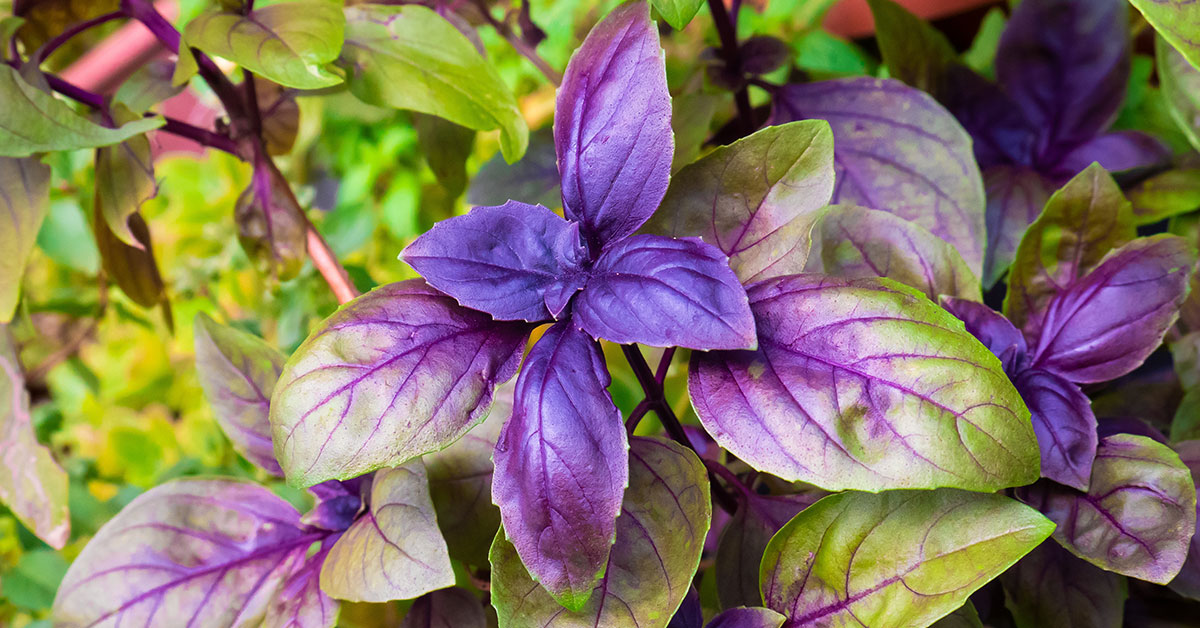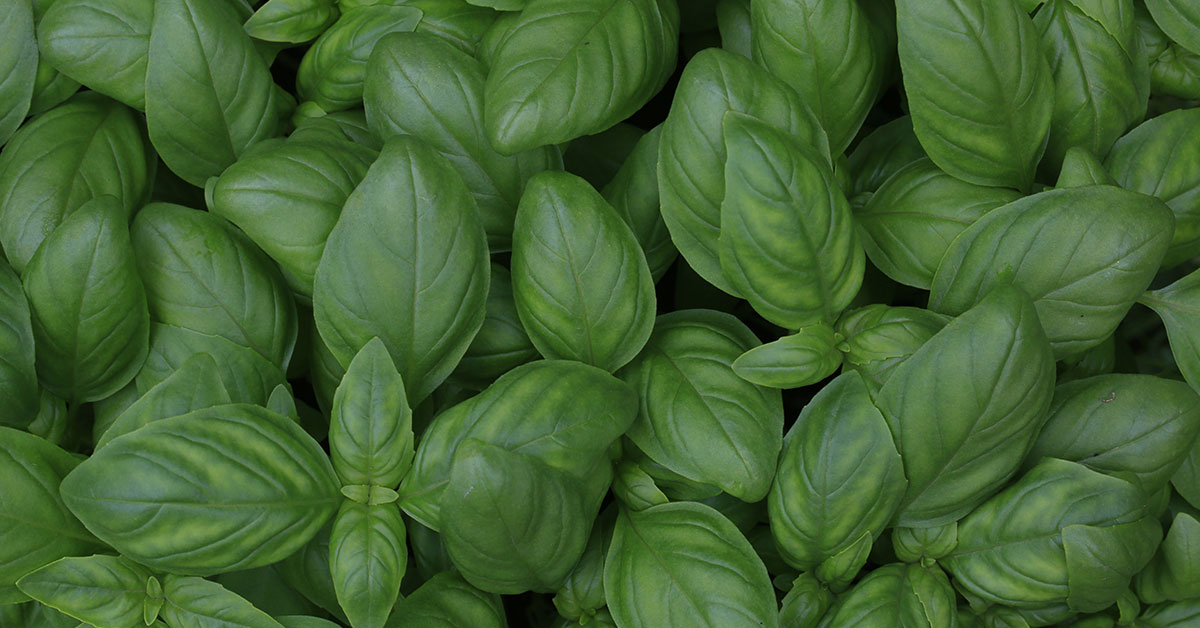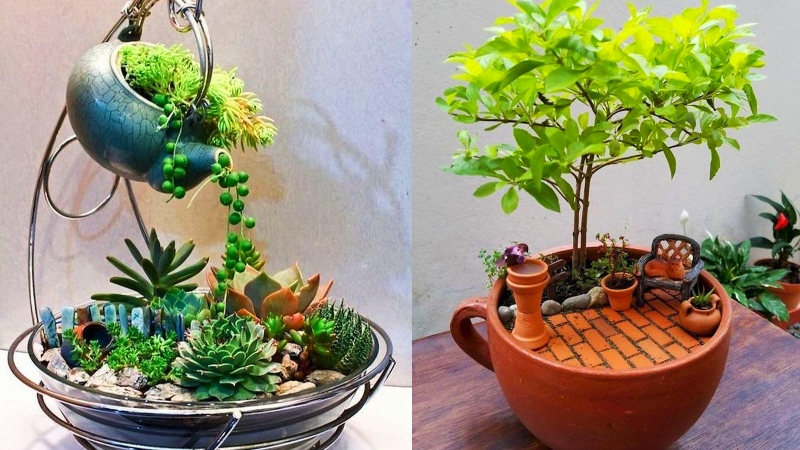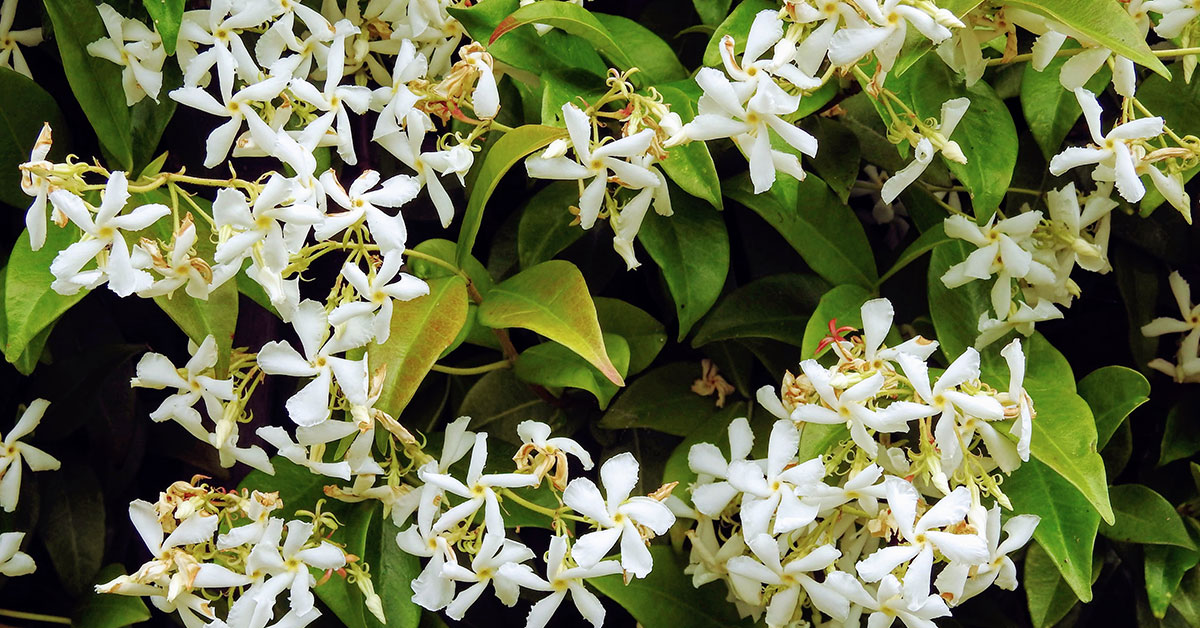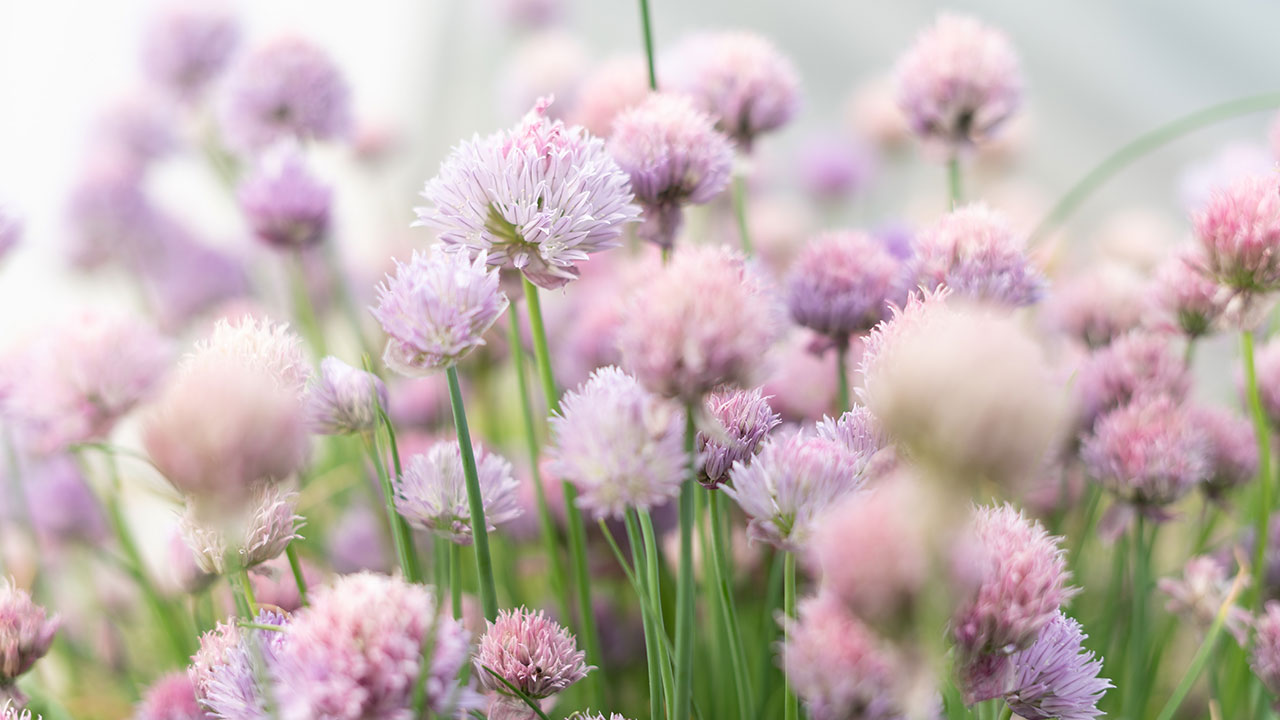Banana Mint, also known as Mentha arvensis ‘Banana’, is a unique and flavorful variety of mint that has gained popularity in recent years. This herb is known for its distinct banana-like flavor and aroma, making it a popular addition to salads, smoothies, and desserts.
While it is often used in culinary applications, Banana Mint also has a range of medicinal properties that have been recognized for centuries. In this blog post, we will explore the origins, uses, and benefits of Banana Mint, as well as provide tips for growing and harvesting your own supply of this delicious herb.
What is a Banana Mint?
Banana Mint, scientifically known as Mentha arvensis ‘Banana’, is a herbaceous perennial plant belonging to the Lamiaceae family. It is a cultivar of the wild mint, which is native to Europe, Asia, and North America. Banana Mint is a hybrid of two mint species: Mentha arvensis and Mentha spicata. This particular mint gets its name from the distinct banana-like aroma and flavor it emits when its leaves are crushed or bruised.
Banana Mint is a relatively low-maintenance plant that can grow up to 2 feet tall and 1 foot wide. It produces oval-shaped leaves that are light green in color and can grow up to 2 inches long. The leaves of this plant are slightly hairy and have a soft, velvety texture. When the plant blooms, it produces small, pinkish-purple flowers that are arranged in whorls around the stem.
Banana Mint is a popular option for gardeners because of its unique banana flavor and aroma, which makes it an excellent addition to various culinary dishes and beverages. It is often used in tea, smoothies, cocktails, and even desserts. Additionally, it is also used in aromatherapy to promote relaxation and reduce stress.
Overall, Banana Mint is a versatile and easy-to-grow herb that offers a unique flavor and fragrance to any garden. Whether you are a culinary enthusiast or simply enjoy the scent of fresh herbs, Banana Mint is definitely worth considering for your garden or indoor herb collection.
How to grow Banana Mint
If you’re interested in growing mint in your garden or in containers, here’s a brief guide to help you get started:
- Choosing a Location: Select a location that receives partial to full sun. Mint can tolerate some shade but prefers sunlight for optimal growth. Ensure the area has well-drained soil.
- Obtaining Mint Plants: Purchase mint plants from a nursery or garden center, or propagate them from cuttings. Mint can also be grown from seeds, but it’s generally easier and faster to start with established plants.
- Planting Mint: Dig a hole slightly larger than the root ball of your mint plant. Place the plant in the hole, ensuring it is at the same depth as it was in the container. Fill the hole with soil and gently firm it around the plant. Space multiple plants about 12 to 18 inches apart to allow for their spreading habit.
- Watering and Soil: Mint prefers consistently moist soil. Water the plants regularly, keeping the soil evenly moist but not waterlogged. Avoid letting the soil dry out completely between waterings. Use mulch around the base of the plants to help retain moisture and suppress weed growth.
- Maintenance: Regularly check for pests and diseases. Monitor the plants for any signs of infestation or damage, such as aphids or leaf discoloration, and take appropriate action if needed. Prune back any leggy or overgrown stems to encourage bushier growth.
- Harvesting Mint: You can start harvesting mint leaves once the plants have become established. Harvest by snipping off individual leaves or cutting stems just above a set of leaves. Regular harvesting will encourage new growth and keep the plant bushy and healthy. Enjoy fresh mint leaves in beverages, salads, desserts, or use them for culinary purposes.
- Containing Mint: To control the spreading nature of mint, consider planting it in containers or using barriers like buried pots or root guards in the ground. This will help prevent it from taking over your garden.
By following these simple steps, you can successfully grow your own mint, providing a fresh supply of aromatic leaves for culinary delights and adding a delightful fragrance to your garden.
Common problems
Mint is a versatile and aromatic herb that can be a wonderful addition to any garden or herb collection. However, like any plant, mint can encounter certain issues that may affect its growth and vitality. Here is a brief guide to common problems you may encounter when growing mint, along with some tips on how to address them:
- Overwatering: Mint prefers moist but well-draining soil. Overwatering can lead to root rot and other fungal diseases. Ensure the soil has adequate drainage and water only when the top inch of soil feels dry.
- Poor Drainage: Mint requires good drainage to prevent waterlogged roots. If your soil retains excess moisture, consider adding organic matter or planting mint in containers with drainage holes.
- Lack of Sunlight: Mint thrives in full sun to partial shade, typically requiring at least 4-6 hours of sunlight per day. If your mint is not receiving enough sunlight, consider relocating it to a sunnier spot.
- Insufficient Air Circulation: Mint can be susceptible to fungal diseases if it lacks proper air circulation. Plant mint with sufficient spacing between plants to allow air to flow freely and reduce humidity around the leaves.
- Invasive Growth: Mint has a reputation for spreading vigorously and can become invasive if not properly contained. To prevent its aggressive growth, consider planting mint in containers or using root barriers in the ground.
- Pests: Mint can attract pests such as aphids, spider mites, and mint flea beetles. Monitor your plants regularly and take appropriate action at the first sign of infestation. Use organic insecticidal soaps or sprays, or try attracting beneficial insects that feed on these pests.
- Disease: Mint can be susceptible to fungal diseases like powdery mildew and rust. To prevent these diseases, avoid overhead watering, provide adequate spacing for air circulation, and promptly remove any infected leaves.
By being aware of these common problems and taking preventive measures, you can ensure healthy and thriving mint plants in your garden. Regular monitoring, proper care, and timely intervention will help you enjoy the fresh, aromatic leaves of your mint plant throughout the growing season.
Uses
Banana Mint (Mentha arvensis ‘Banana’) is a delightful herb that is known for its sweet banana aroma and refreshing mint flavor. It is a versatile plant that can be used in a variety of ways. In this blog section, we will explore some of the most popular uses for Banana Mint.
- Culinary Uses: One of the most common uses for Banana Mint is in cooking. Its unique flavor profile makes it a great addition to salads, smoothies, teas, and cocktails. You can also use it to flavor baked goods like cakes and cookies. Banana Mint pairs well with other herbs like basil, cilantro, and parsley, so you can experiment with different flavor combinations.
- Medicinal Properties: Banana Mint is known for its medicinal properties and has been used for centuries to treat various ailments. It is a natural digestive aid and can help alleviate symptoms of indigestion, bloating, and nausea. It is also a natural pain reliever and can help reduce headaches and muscle aches.
- Aromatherapy: Banana Mint is a popular ingredient in aromatherapy products. Its sweet aroma is said to have a calming effect on the mind and body. You can use Banana Mint essential oil in diffusers, candles, and bath products to promote relaxation and reduce stress.
- Ornamental Uses: Banana Mint is a beautiful plant that can add a pop of color to your garden. Its green leaves and purple flowers are a striking combination. You can grow Banana Mint in containers or in the ground, and it is easy to maintain.
In conclusion, Banana Mint (Mentha arvensis ‘Banana’) is a versatile herb with many uses. Whether you use it for culinary purposes, medicinal benefits, aromatherapy, or as an ornamental plant, Banana Mint is sure to add a unique touch to your life.
